I am a bit late coming to the curatorial work of Nato Thompson, which first became recognizable to me at this past October’s second annual Creative Time Summit, a gathering devoted to “revolutions in public practice.” During the proceedings (which I write about here for Art21), Thompson was consistently whip-smart in his responses both to the participants and the audience. If ever things started to derail or simply drag, Thompson was on it, cutting through any pretenses or posturing which might cloud one’s sense that a truly dynamic and important public conversation about art’s place in public discourse was enfolding before them.
Thompson’s intelligence as a curator and his commitments to revolutions in public practice (if not revolution in general) is apparent immediately in the artists, curators, and culture workers whom he has invited to participate in the summits. They include some of the most significant individuals and groups currently working for social change and justice in (and through) the visual arts. That Creative Time has opted to archive the entire proceedings of the one and two days summits on its website is a gesture of dialogue and openness very much in keeping with the spirit of the annual gathering.
Another project that, I only realized retrospectively, was curated by Thompson is Paul Chan’s Waiting for Godot in New Orleans. It was supported economically, collaboratively, and morally by Creative Time. Of the “Shadow Fund” that grew from Chan’s and Creative Time’s work in New Orleans—a nest egg that might continue to support the needs of the African-American working-class community inhabiting New Orleans’s Lower 9th Ward, where one of the two performances of Waiting for Godot took place (the other was staged in the predominately white middle-class neighborhood of Gentilly, also in New Orleans)—Thompson writes:
After nearly twenty meetings, the three of us [Paul Chan, Thompson, and Creative Time Director, Anne Pasternak] were exhausted and excited: our minds reverberated from the many heart-breaking stories we had heard. Paul was evidently concerned about the gravity of what he wanted to accomplish. “We have to leave something,” he said. Out of this sense that a rise in media visibility would not be enough, he concocted the idea of the Shadow Fund. We would raise money for local groups that would put much-needed materials into their hands. If Common Ground needed sheet rock, for example, the Shadow Fund would supply it. If an educational effort needed textbooks, the Shadow Fund would supply them. We would attempt to match the production budget, dollar for dollar. Anne agreed this was a moral imperative. “In order to do this project right,” Paul said, “we need to do the dime and spend the time.”
–from Waiting for Godot in New Orleans: A Field Guide, edited by Paul Chan
This past month, Thompson was generous enough to meet with me to discuss his curatorial practice, as well as a wide-range of other subjects. Talking with Thompson, something that struck me (which is also evident in his responses to my questions below), is his thoughtfulness in thinking about the place of the curator in relation to social practice and cultural production. He will address this intersection in two forthcoming books, specifically with regard to political struggles post-Karl Rove & co. I hope you will check out these books when they come out, which will no doubt offer much to a discourse about the place of art within our current economic and political climates.
1. What is the history of your curation practice and how is it reflected by your current work with Creative Time?
I have two prominent influences in the ways that I organize exhibitions and think through projects. The first comes out of my time living in Berkeley, California, where I worked with numerous anarcho-left artists, activists, and malcontents. The activist organizing at the time of the early ’90s was producing a language around neoliberal capitalism and that type of analysis (and means-ends effectiveness) certainly inspires much of the way I think today.
The second influence would be the time I spent in Chicago, where I worked with very diverse artists and activists. Most particularly was the huge inspiration of the work of Temporary Services, who introduced me to the largely Scandanavian-influenced social practice work. Artists like N55, SUPERFLEX, and Temporary Services themselves opened my eyes to not only new forms of socially-based work, but also the manner in which art need not be displayed as exhibitions. It all could be a total form of living itself. I wrestle with these issues now at Creative Time, where I feel that the conservative format of most exhibition venues has neutered the much larger potential that art can have.
2. Why do you feel there a need for the work that you do, such as the Creative Time Summit and other projects which foreground, as you say, “revolutions in public practice”?
One of the most powerful functions that I have as a curator at a major art organization such as Creative Time is the power to legitimate phenomena. Because the organization possesses so much cultural capital, it is able to basically provide a stamp of approval to things that says, “this is real.” With social practice work, I am eager to legitimate what I think are the most politically important and complex projects out there. I am eager to legitimate the discussions that contest ideas such as authorship, power, space, aesthetics, capital, gender and on and on. I want to push the discussion toward a radical interdisciplinary front that can finally contend with the overbearing reality that the avant-garde desire to merge art and life has come to pass. The sad fact is that while critics still worry about whether things are art or not, the big game of cultural production has left the art arena and is now at the disposal of the capitalist machine of cultural production. If art is to challenge the present condition, it must make the scope of its questions and audience much broader and more exacting. For those that take this task seriously, I want to legitimate their efforts.
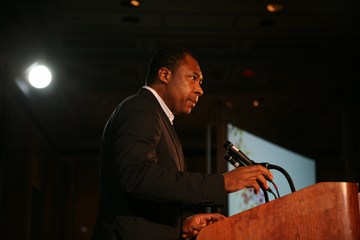
Okwui Enwezor presenting at The Creative Time Summit: Revolutions in Public Practice. Courtesy Creative Time.
3. Are there other projects, people, and/or things that have inspired your work? Please describe.
Certainly, the writings of Hakim Bey’s Temporary Autonomous Zone, the work of the Situationists, the Zapatista’s important post-modern revolutionary claims, the inspiring alt-globalization work at the beginning of this decade. So there is that. In art, I would say the work of curators like Okwei Enwezor, Charles Esche, Lars Bang Larsen, Maria Lind, Stephanie Smith at the Smart Museum in Chicago, Paul Schimmel’s Out of Actions, and Mary Jane Jacob’s Culture in Action. While flawed, there were many elements of the Utopia Station that were extremely interesting. The curator Cira Pasqual Evans, when she was at the Baltimore Museum, curated an exhibition called CAMP Campaign that was truly important. But mostly, my huge influences are strange social spaces produced by thoughtful people such as: Center for Land Use Interpretation, Cabinet Magazine, 16 Beaver, Machine Projects, Copenhagen Free University, Group Material, Temporary Services (again), Gilman Street, ABC No Rio, Museum of Jurassic Technology, Basekamp, and the young collective InCUBATE. I should also mention the writing of Brian Holmes, Critical Art Ensemble, Mark Fisher, Mike Davis, Rebecca Solnit, David Harvey. Oh, and the conversations with close friends and artists such as Jeremy Deller, Trevor Paglen, Tania Bruguera, Emily Jacir, Aaron Gach, Daniel Tucker, Josh MacPhee, Dara Greenwald, Greg Sholette, and my boss Anne Pasternak.
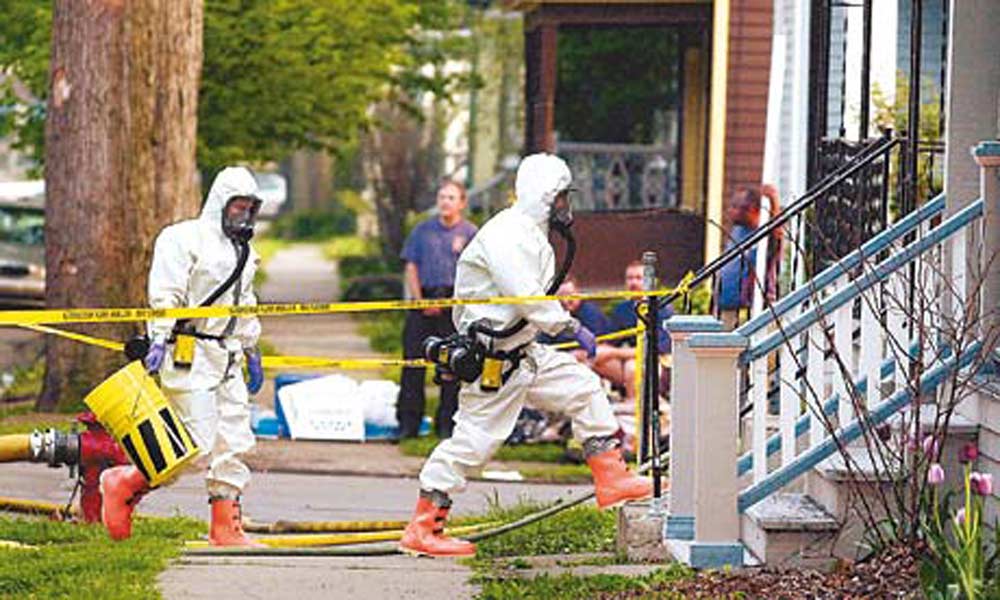
The post-Patriot Act invasion of Steve Kurtz's home in Buffalo, NY. Photo by Don Heupel/AP. Courtesy guardian.co.uk.
4. What have been your favorite projects to work on and why?
In 2004, I organized the exhibition The Interventionists, which was an easy show to do because it contained all my favorite artists at the time. It was a massive survey exhibition at MASS MoCA. Right before the opening of the exhibition, which happened at the height of Bush patriotic mania, Steve Kurtz from Critical Art Ensemble was being prosecuted by the FBI after the death of his wife (the artwork for the exhibition had been confiscated), Walid Ra’ad’s videos for The Atlas Group had been confiscated by Fed Ex for questionable content, and William Pope.L was running around town in a van destroying items of blackness. It was a strange moment where you could feel this work operating in relation to the historic moment.
So there was that project. More recently, the work on Paul Chan’s Waiting for Godot in New Orleans was a very intense and moving experience. Working with a hybrid Saul Aulinsky model of grassroots organizing, the exhibition taught me an entirely different way to think about how a project can work more like community building across race and class. It was inspiring. And Paul, while at times cryptic, was an intense and amazing person to work with. I also loved traveling across the country with Jeremy Deller on Conversations about Iraq. And the Summit has been an incredibly moving experience to organize [twice so far]. It seems to have already become something that has people talking. I do appreciate that.
5. What projects would you like to work on in the future? What direction would you like to take Creative Time in?
Coming up, we have a major exhibition called Living As Form, which I can only say tries to come to terms with the manner in which many art forms are merging art and life to the point where they are almost indistinguishable. It is this effort that plagued my mind of late. On that note, I am also working with Tania Bruguera on a project on immigration and it hails from her statement that it is finally time to put Duchamp’s urinal back in the restroom. She is super smart and understands that art must move into the world if it is to hold any sway at all at this historic moment.
As for directions for Creative Time, I am hoping that the organization can continue to solidify a place in New York City to discuss the most pressing cultural issues of our time. I would like to see us begin to reach out into new disciplines than strictly the visual arts since in doing so, one can more productively work across race and geography, as well as include discussions that are touching upon the same issues from a different semiotics. We can broaden our community. I also feel that we will begin to reach out geographically (making any place in the world a possible site for projects) but doing so while keeping in mind what Okwui Enwezor calls “geopoetics”: the idea that aesthetics are geographically specific and socially conditioned. Working across the local, national, and international is no easy maneuver for cultural producers, but it is the work that has to be done. In the desire to do work globally, I believe people forgot the local and that lapse in thinking makes itself present in the sort of political and social inadequacies they embark on.
Finally, I just finished a book that I am hoping will be out this winter. And I am working on a second about how culture is now the machine of power. Sounds like fun!

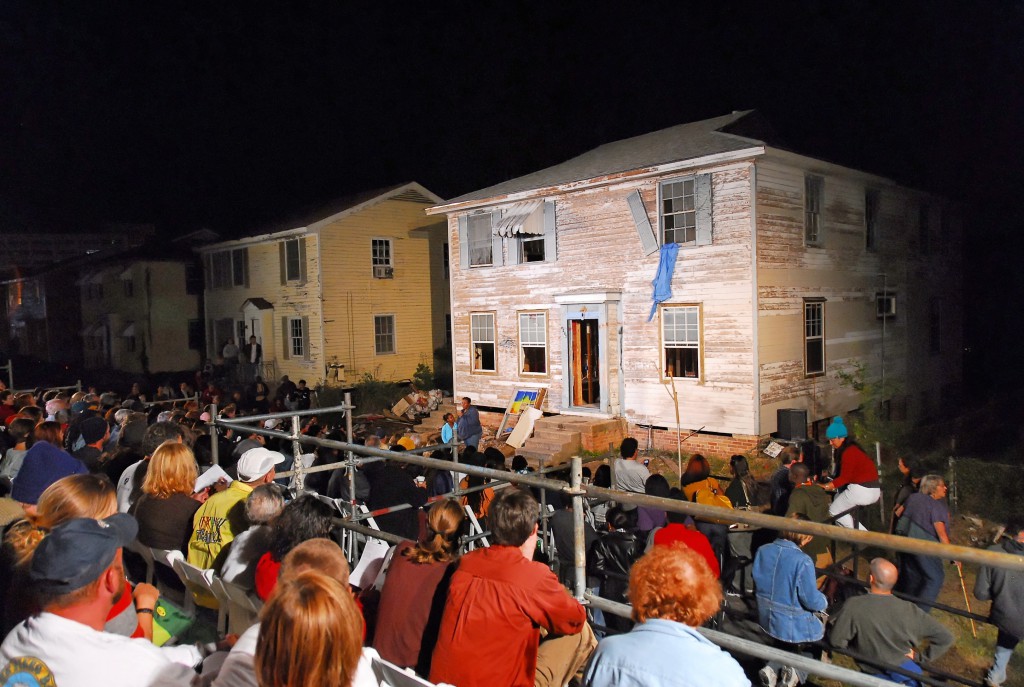
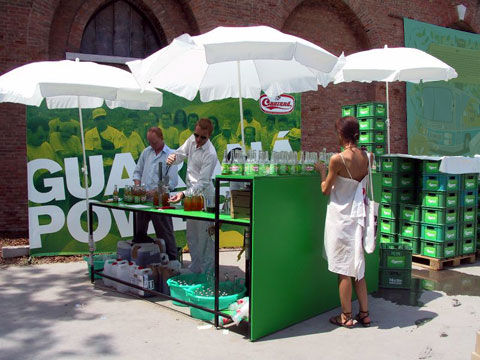
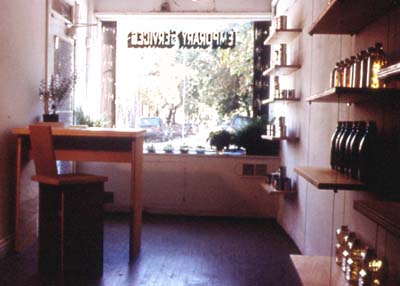
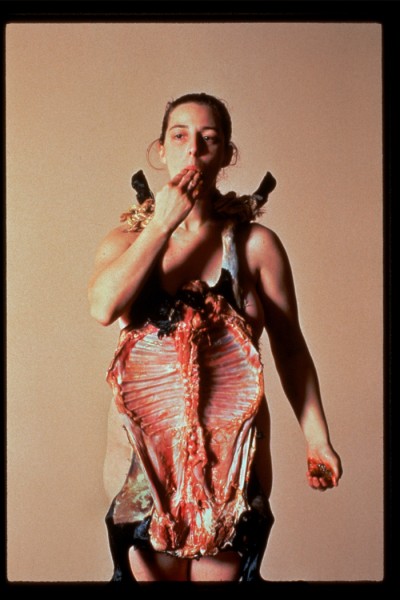



Pingback: Curating.info
Pingback: Open Enrollment: From My Institution to Yours | Art21 Blog
Pingback: Open Enrollment | Work after work after work… | Art21 Blog